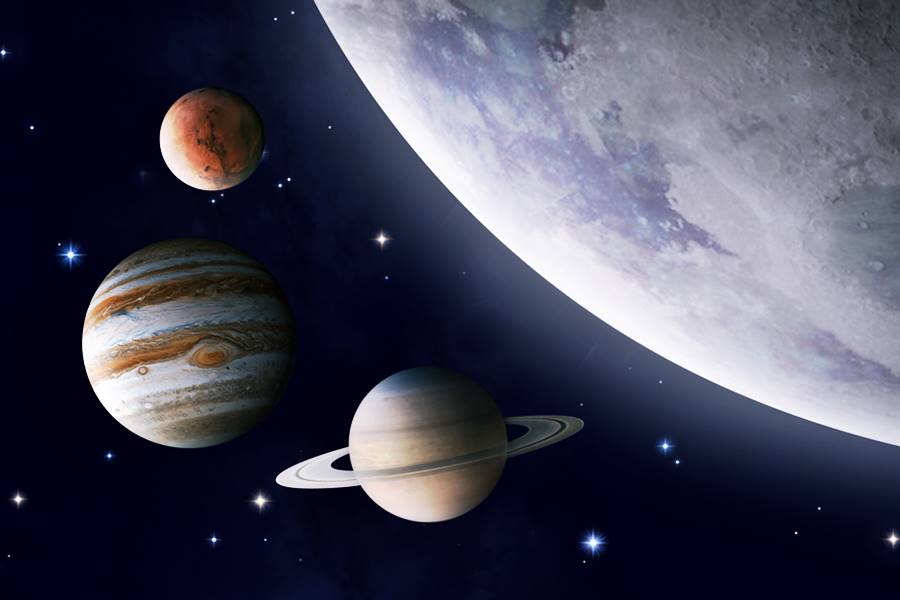Tue 15 October 2024:
Europa Clipper is headed to Jupiter’s moon, Europa, where an ocean is thought to lie below the surface.
The Europa Clipper spacecraft is on an almost six-year, 3 billion kilometres (1.8b miles) mission to learn whether conditions on Jupiter’s moon could sustain life in what scientists believe could be a deep ocean hidden beneath its icy surface.
The spacecraft launched Monday aboard SpaceX’s Falcon Heavy rocket from a NASA facility on Florida’s east coast.
The launch was delayed several days by the impacts of Hurricane Milton at its Florida launch site.
The launch also came a day after SpaceX launched its fifth Starship test flight from Texas and returned the rocket’s booster to land for the first time.
__________________________________________________________________________

https://whatsapp.com/channel/0029VaAtNxX8fewmiFmN7N22
__________________________________________________________________________
Europa’s hidden ocean
Europa is one of Jupiter’s 95 known moons, and scientists believe it could have an ocean that is up to 120 kilometres (80 miles) deep, hidden beneath a thick ice sheet covering its surface.
In 2013, the Hubble Space Telescope spotted what appeared to be geysers erupting from the surface of Europa, which is the largest of Jupiter’s 95 known moons and was discovered by the Italian astronomer Galileo in the early 17th century.
Now, scientists want to get a closer look at what could be thermal vents on the ocean floor. These vents could potentially support life and provide a potent energy source.
“It’s a chance for us to explore not a world that might have been habitable billions of years ago, but a world that might be habitable today — right now,” program scientist Curt Niebur told The Associated Press.
The Europa Clipper is equipped with massive solar panels, making it the biggest craft built by NASA to investigate another planet. It is about the size of a basketball court and has a budget of $5.2b.

Closer look
This is not NASA’s first mission to Jupiter, but it says this is the first mission designed to conduct a detailed study of Europa. The spacecraft will fly closer than previous missions, within about 25 kilometres (nearly 16 miles).
After orbiting Jupiter, it will make 49 close flybys of Europa before ending the mission in 2034 with a planned crash into Ganymede, another of Jupiter’s moons.
In the 1970s, the Pioneer spacecraft and two Voyager missions provided the first detailed photos of Europa from a distance.
Since then, NASA’s Galileo and Juno spacecraft have also come close enough to capture images of the moon.
The spacecraft carries nine science instruments, including radar to see below the ice, and cameras that will map virtually the entire moon.
Among the challenges the Clipper faces to reach Europa is passing through Jupiter’s bands of radiation, which requires special protection for its instrument controls, which are cased in thick aluminum and zinc walls.
The European Space Agency’s (ESA) Juice spacecraft, launched last year, is also headed to Jupiter.
______________________________________________________________
FOLLOW INDEPENDENT PRESS:
WhatsApp CHANNEL
https://whatsapp.com/channel/0029VaAtNxX8fewmiFmN7N22
![]()
TWITTER (CLICK HERE)
https://twitter.com/IpIndependent
FACEBOOK (CLICK HERE)
https://web.facebook.com/ipindependent
YOUTUBE (CLICK HERE)
https://www.youtube.com/@ipindependent
Think your friends would be interested? Share this story!





